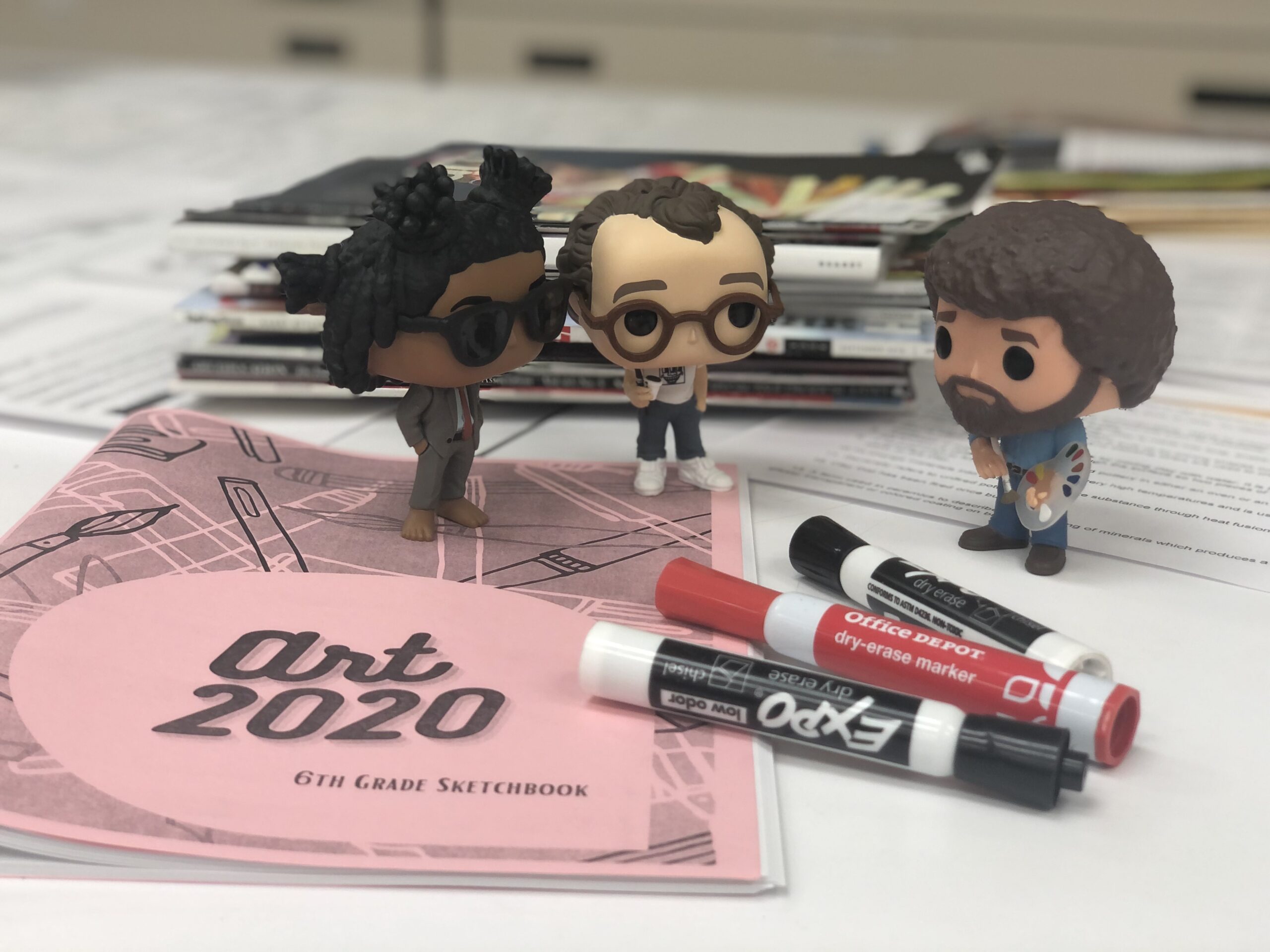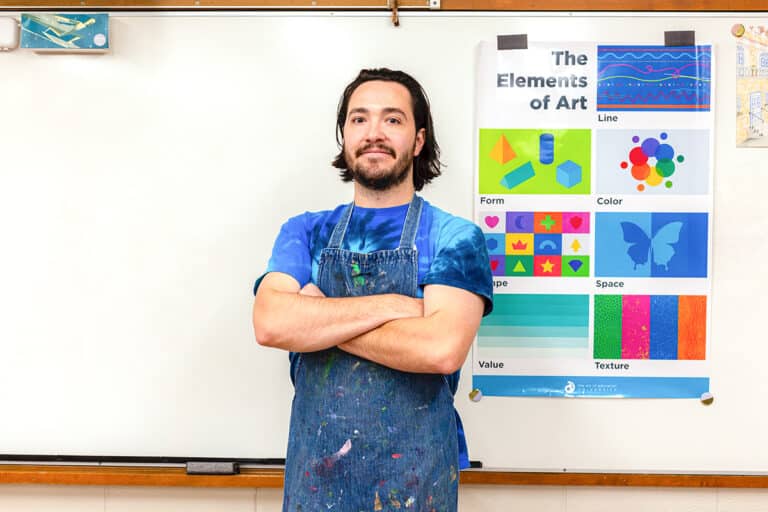Return to Learn with The Art of Education University
For those of you who have started the school year in a new position, you may find yourself working closely with several new colleagues. Approach this as an opportunity to grow and create a positive learning experience for your new students.
Whether your school is big or small, you will most likely interact at some point with other art teachers in your district. Just as artists differ in style and media, art teachers are unique within their profession. Each teacher approaches their class with their own philosophy, values, and management style. When collaborating with colleagues, differing opinions could spell disaster. However, you can also find great success by focusing on a foundation of respect as you build your working relationship.
5 Tips for Collaborating with New Colleagues
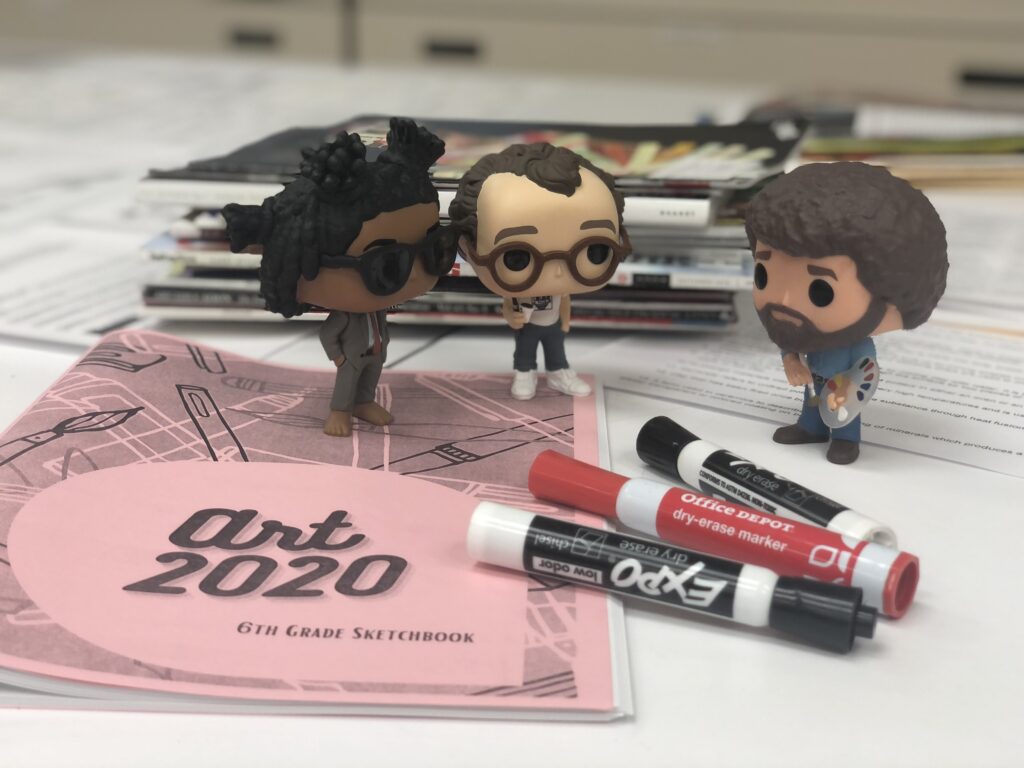
1. Be a sponge.
Art teachers put a lot of thought and time into their curriculum and program. Unlike other content areas that may follow a textbook or other resources, art teachers often develop their own curriculum. This makes their work extremely personal, and that is something to keep in mind as you meet your new colleagues.
Try to be a student first and learn what your colleagues have already established. Before you insert your own ideas, it’s best to get a general understanding of where your colleagues, and more importantly, your students are. Listen closely as your colleague outlines the curriculum for each grade level. Take notes about pacing guides, curriculum maps, etc. Your art colleague is going to be your closest lifeline to any issues specific to your position. Be a sponge, and soak up as much information as you can.
2. Go with the flow.
At the start of your new position, it’s a good idea to get a feel for how routines and lessons actually work in practice. You’ve soaked up plenty of information from your colleagues, and now it’s time to put it to the test. Follow your colleagues’ advice and teach similar lessons through your own voice.
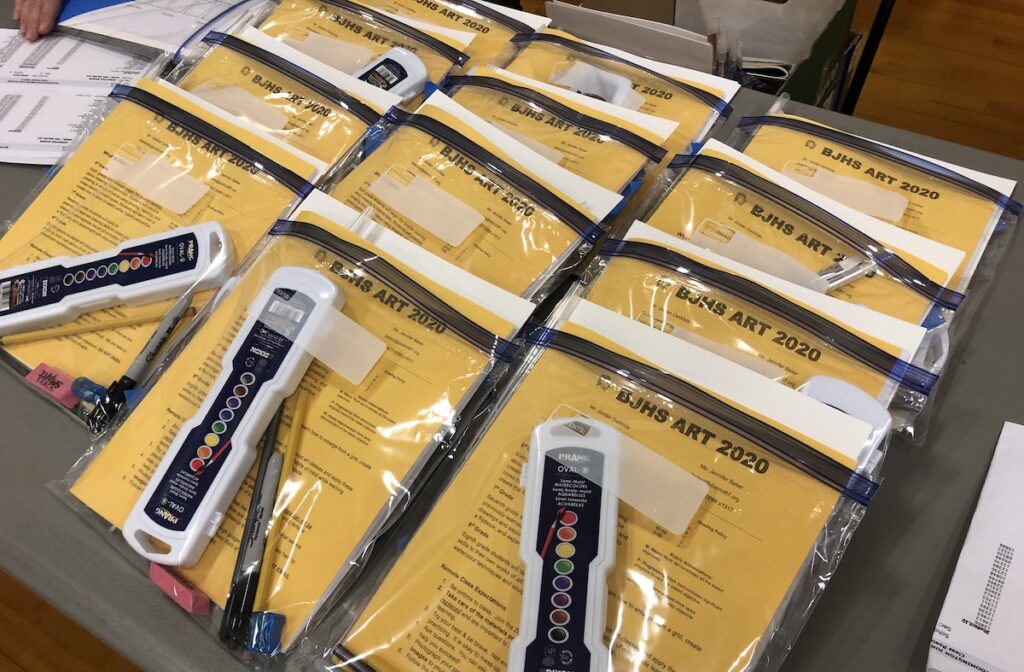
Reflect on each of these experiences, and consider what you might add or change to enhance the lesson. You may have a completely different idea for a project that would teach the same concepts. Jot down your thoughts for the next quarter, semester, or school year. Your first year should be like a test drive or a rehearsal. Learn from your colleagues’ experience before jumping into the unknown.
3. Identify where you fit in.
As you start to develop a comfortable working relationship with colleagues in your new school, you can see where and how you fit in. You will naturally make friends with like-minded individuals and start to carve out your own identity within the school.
Get to know each of your colleagues, and take notice of their strengths and areas of expertise. You will discover who is the best person to go to for various issues and concerns. When it comes to your art colleagues, get to know what media and techniques they are particularly skilled at. Notice that each has their own preference for art style and teaching content.
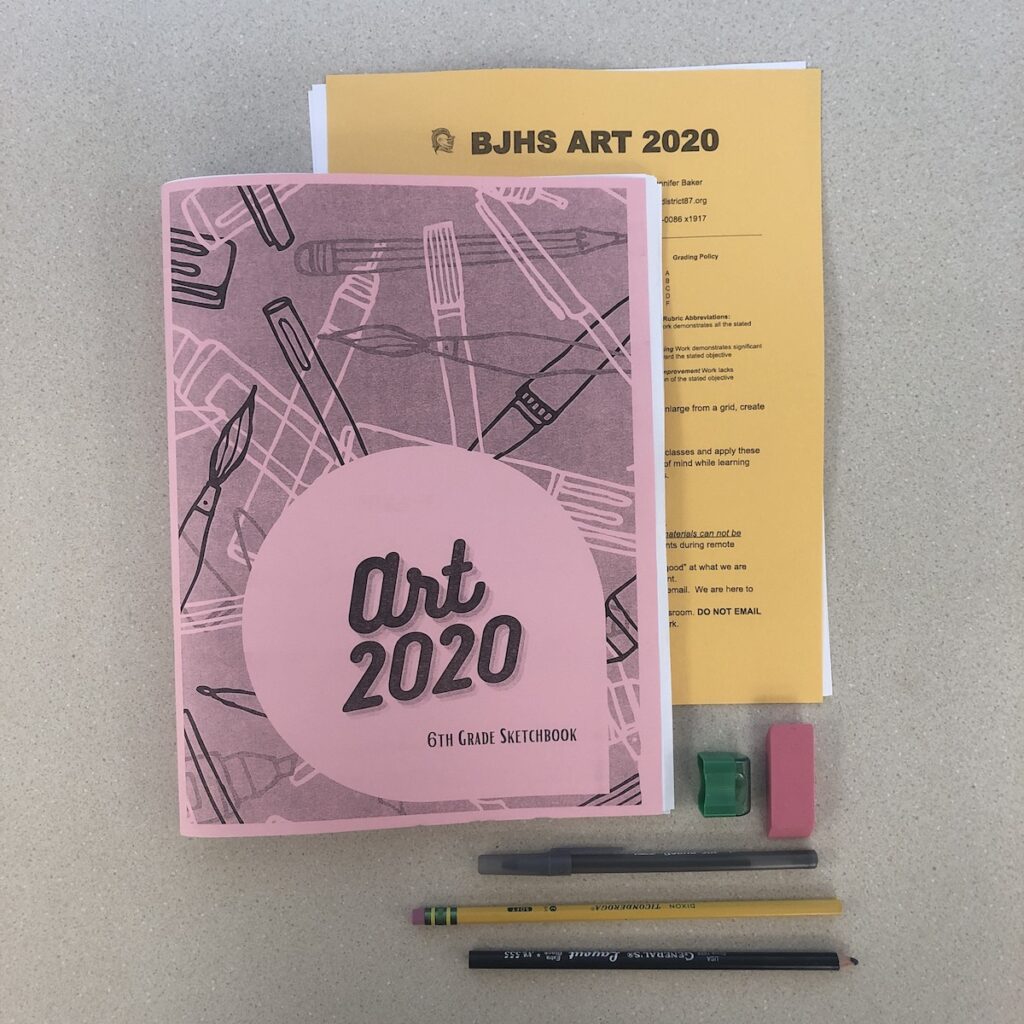
In doing so, you will start to notice where your own strengths may come in useful. If the rest of the department have backgrounds in sculpture, you could bring your printmaking background as something new to the table. In terms of content, if other colleagues are teaching from the canon in art history, you could bring your knowledge of contemporary art to add to their curriculum. Each teacher has their own unique skill set. Look to where you could contribute, and find your niche within the department and the school.
4. Ask questions.
As you begin to see each of your colleague’s strengths, take this as another opportunity to grow. Learn from their expertise in areas you may not have as much confidence. If the teacher across the hall has a background in ceramics, and that’s something you struggle with, go to them for help. Ask if you could observe a class demonstration. Take notes, and create your own example from their instruction. You and your students will both benefit from this experience.
If you’ve taught before, think back to your first year in a new position. What questions do you wish you had asked then? Try to learn more about your new school and what you will be teaching. If there’s a project or policy that strikes you as strange, ask what its purpose is, or how it first originated. You may just need more information to make sense of your new surroundings.
5. Make suggestions.
Once you’ve established respect and some trust, you can start to comfortably share suggestions with your new colleagues. Always frame changes or additions to routines and the curriculum as suggestions instead of demands or criticism. For example, “Would you be open to sharing examples of how contemporary artists apply the elements of art in their own work?” will be received better than, “You only teach the elements of art. You should add contemporary examples to your lessons.” One is a suggestion, while the other is very judgmental.
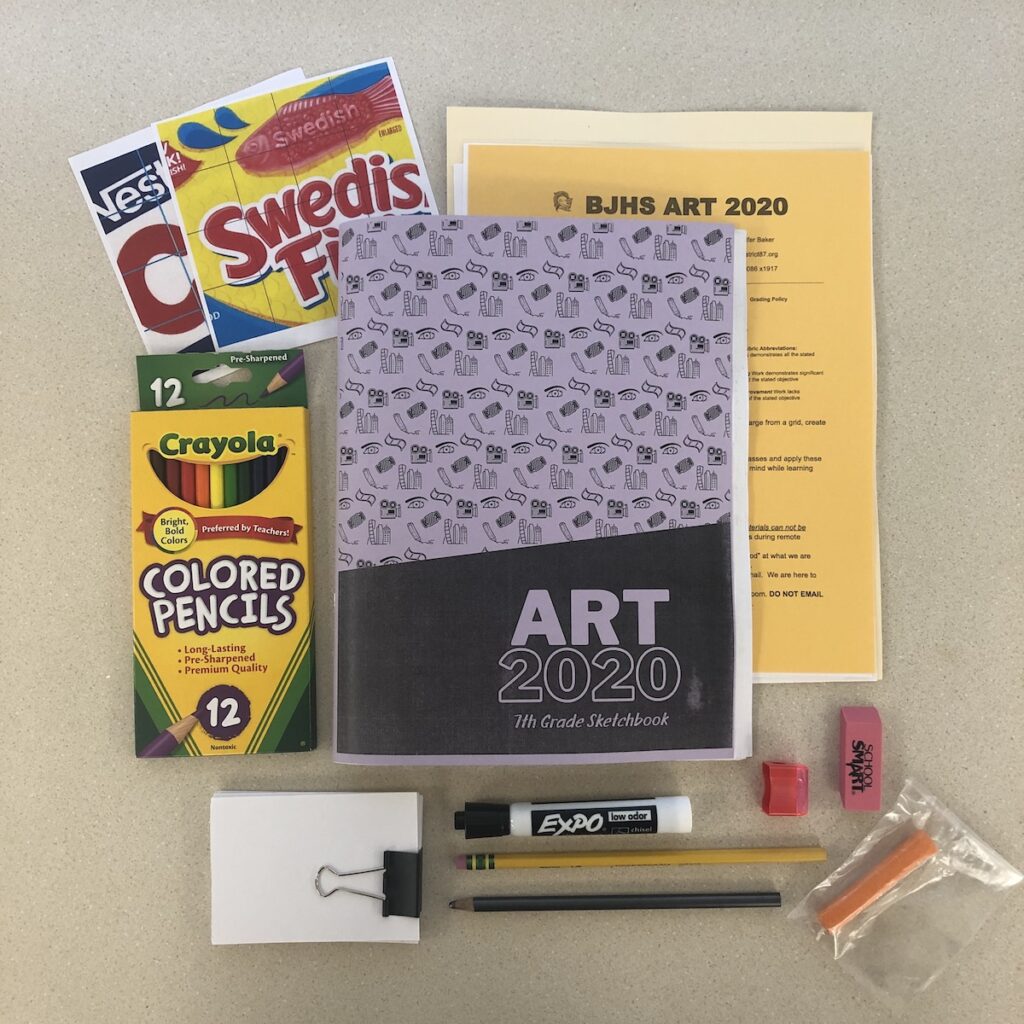
Suggestions will also be better received after you’ve proven yourself competent and a team player. Suggestions from a new teacher early on in the school year might be met with criticism because no one knows your background, knowledge, or experience. Spend your first year showing your school what you’re made of. As your colleagues get to know you as a professional, you will naturally earn their respect.
Conflicting Colleagues
Not every colleague will be the perfect match. If you find yourself in a situation where you and your new colleague(s) are not seeing eye-to-eye, remember this: you can still learn by following their example of what not to do.
If, after trying to learn from their experience and make your own suggestions, you are still met with opposition, it may be time to work separately from your colleague. At the end of the day, you are there to create the best learning experience possible for your students. Ideally, you and your colleague(s) would collectively create a program to do just that, but if the differences in opinion are too great, then begin working more as an individual. Create a program within your own classroom that you can be proud of.
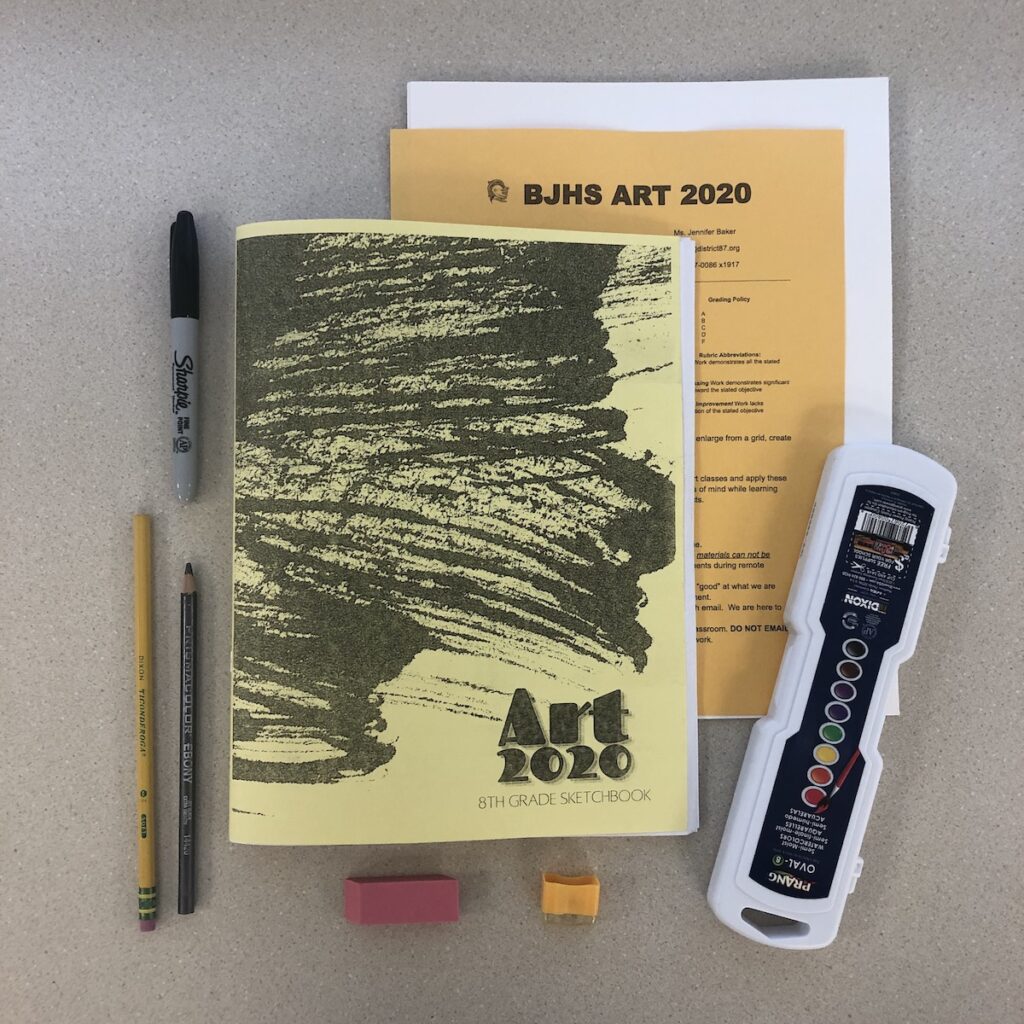
You may find support from colleagues outside your department or even outside your district. Reach out to former coworkers, classmates, teaching organizations, etc. It’s important to find the content-specific support somewhere. We all need to learn from and share ideas with peers we respect.
Final Thoughts
Developing a strong working relationship takes time. Because teaching art is so personal, you want to be considerate of the program your colleagues have established. You will work together to build on their foundation and create an even stronger art program. Your unique strengths will prove to be a great asset to the team. Remember that these changes will not happen overnight. Take your time acclimating to your new school. They are lucky to have you!
Return to Learn with The Art of Education University
How have you developed and maintained a strong working relationship with your colleagues?
What advice would you give teachers starting at a new school?
How do you and your colleagues collaborate?
Magazine articles and podcasts are opinions of professional education contributors and do not necessarily represent the position of the Art of Education University (AOEU) or its academic offerings. Contributors use terms in the way they are most often talked about in the scope of their educational experiences.
